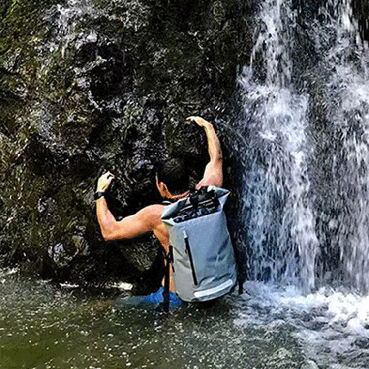Waterproof first aid kit
2024-06-19
Waterproof first aid kits are typically used in scenarios that include, but are not limited to, water activities (surfing, scuba diving, etc.), rainy seasons or rainy areas, wilderness adventures or hiking trips, all of which may cause the kit to get wet and result in a reduction in the efficacy and longevity of the medical supplies inside the kit.
Common waterproof materials on the market include PVC, EVA, plastic, and nylon Oxford. Different requirements for waterproofing can be selected according to the waterproof effect of the material.
PVC, plastic, and EVA can be waterproof on the surface. Among them, the plastic opening and closing need to have a sealing strip to achieve 100% waterproofing. PVC and EVA mainly need to pay attention to whether they are waterproof at the opening (zipper). If only ordinary materials are used, water will still enter (especially when the first aid kit falls into the water). Under normal rain conditions, PVC and EVA first aid kits will basically not enter water.
When nylon Oxford deals with rainy scenes, the surface rainwater will slide down like dewdrops and will not penetrate. At the same time, nylon Oxford cloth will also add PVC coating to further increase waterproofness, but like PVC and EVA materials, attention should be paid to the opening (zipper).
These materials will increase the waterproof ability of the first aid kit and ensure that the items in the first aid kit are dry and safe. The better the waterproof ability of the first aid kit, the more expensive the material will be. Choose according to your own situation and needs.




